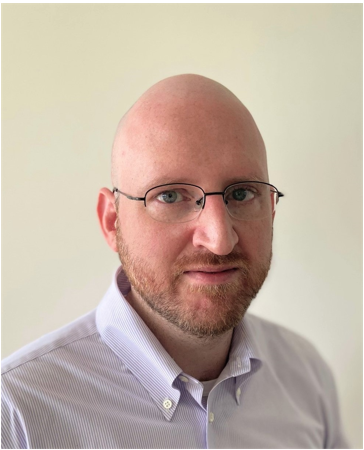Colloquia & Guest Speakers
Fiber Kerr Resonators For Simple and Versatile Ultrashort Pulse Generation
Dr. William Renninger
Monday, December 6, 2021
3:30 p.m.–4:40 p.m.
Bausch & Lomb Room 109 or Remote Zoom
Ultrashort-pulse mode-locked lasers are powerful tools essential for applications including in telecommunications and biomedicine. Mode-locked lasers operate through the formation of optical solitons, which are nonlinear wave-packets that propagate in materials indefinitely without change. While incredibly useful, however, mode-locked lasers are ultimately limited in their operation wavelength, pulse energy, and repetition rate by their need for an efficient gain medium. The gain medium restricts system performance and increases the cost of application-specific devices. This talk will discuss the development of a promising alternative to mode-locked lasers for ultrashort pulse generation: fiber Kerr resonators. Kerr resonators support femtosecond optical solitons in passive cavities, without the need for a limiting gain medium. This talk will introduce new nonlinear wave phenomena in normal dispersion and dispersion-managed Kerr resonators, including stable chirped pulses that can tolerate very large loss and support high pulse energies and stretched-pulse solitons featuring the shortest pulses observed to date from a fiber Kerr resonator. The talk will conclude with a discussion of the long-term prospects for this promising new, simple, and versatile technique for generating ultrashort pulses.
 Bio:
Bio:
William Renninger received his BS and PhD degrees in Applied Physics from Cornell University. After his PhD he was a postdoctoral research associate in the Department of Applied Physics at Yale University and has since joined the Institute of Optics at the University of Rochester as an assistant professor. Professor Renninger’s research interest is in experimental light-matter interactions. His group focuses on ultrafast nonlinear optics and pulsed lasers for applications including imaging deep into the brain. They also investigate the coherent interactions between photons and phonons for applications such as quantum computing, high-speed networking, and dark matter detection.
